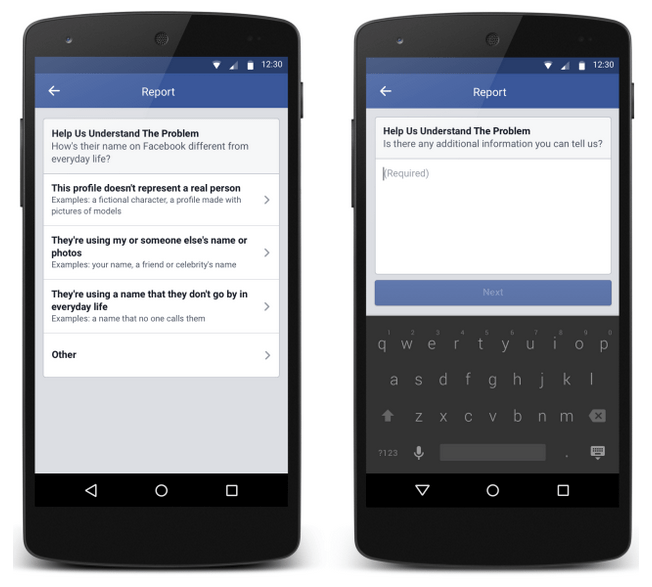It's a commendable goal for anyone who doesn't run and wants to get a little healthier: Run 365 miles in one year.
That is what Facebook founder Mark Zuckerberg is challenging his billion-plus users to do in 2016. "This is a lot of running, but it's not a crazy amount," Zuckerberg wrote in a Facebook post. "It's a mile a day, and at a moderate pace it's less than 10 minutes of running per day."
He's right in one respect: A mile a day is not a crazy amount, and you'd be surprised how quickly you can get used to it and build up your mileage. (Personally, I started running by training for my first 5K in 2010, when a mile seemed like a long distance; two years later, I ran my first marathon).
But he's wrong in another important respect: A "less than" 10-minute mile is nowhere near what a beginner would call a "moderate pace." It's quite fast, even for many experienced runners.
If you're going into this challenge expecting to run anything less than a 12 or 13-minute mile, you're not only going to be sorely disappointed, you're also going to be extremely sore, out of breath and unlikely to keep it up for a year.
As any seasoned runner will tell you: The first mile always sucks, so take it easy if you can.
There's yet more wrongness in the photo that Zuckerberg posted of himself running in Delhi last year with a couple of fellow Facebookers. We're not just talking about the fact they're all fine physical specimens — perhaps too fine to encourage the beginner runner that anyone can do this.
Nor are we talking about the fact they're all holding their smartphones rather than wearing them on armbands or in fanny packs. (Someone's going to be guaranteed a cracked screen running like that.)
No, we're talking about what is quite clearly a heel strike in Zuckerberg's running form. This is a fancy term for landing on your heel instead of the ball of your foot, and was thought in the 1970s to be preferable because it gave you a longer stride.
Since then, heel striking has been fingered in a large number of running injuries because it sends a dangerously large jolt up through your skeleton that can damage bones and joints over time. See for example this landmark study [PDF] from Zuckerberg's alma mater, Harvard, which found forefoot runners get way fewer injuries.
Zuckerberg has started a Facebook group dedicated to the 365-mile challenge called A Year of Running, so hopefully he'll introduce more tips and nuance as the year goes on. But here's what we'd advise: If you're a beginner, start out really slow — so slow that it almost feels like cheating. Accept that your body is going to take some time to adjust to running, but also that just about anyone can and should do it — the health rewards from even a moderate amount of running make it one of the most efficient exercises around.
And you don't need fancy shoes, you just need proper forefoot running form, which you can practice by imagining how you would run uphill. (If you tried landing on your heels, you'd fall over.)
For more information and a tremendous dose of inspiration, read the excellent Born to Run by Christopher McDougall. And stay safe out there.
Have something to add to this story? Share it in the comments.







